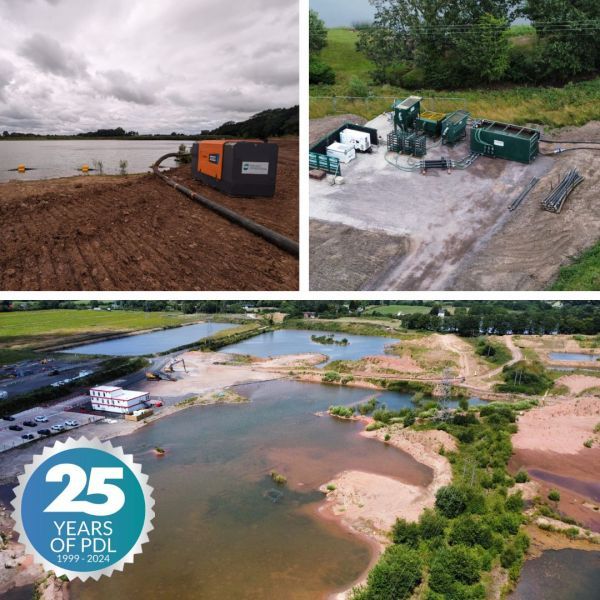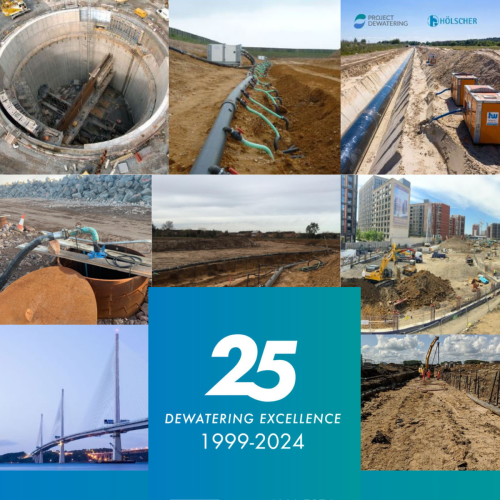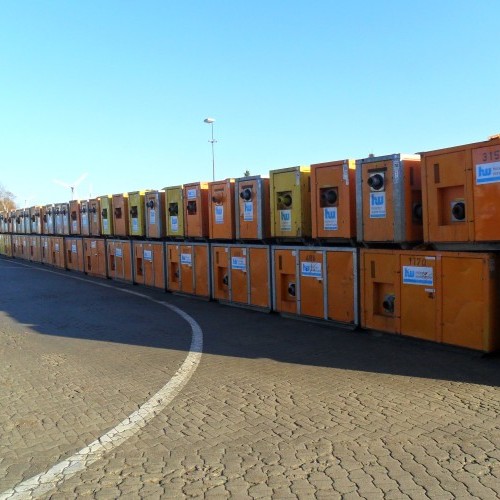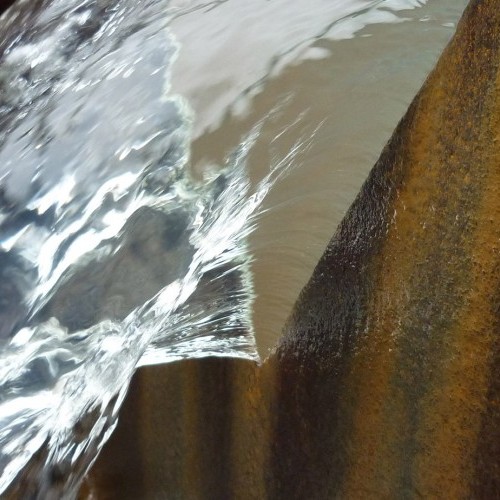Pumping and Treating a Large Volume of Water to Enable the Development of the West Midlands Interchange
Project Summary
The works involved the dewatering and treatment of water pooled in several lagoons across the quarry site. A previous report concluded that the lagoon water was primarily rainwater, with minimal groundwater inflow. It was determined that approximately 150,000 m³ of water needed to be pumped to designated discharge points to dewater the lagoons and enable the client to commence the construction phase.
Dewatering Strategy
PDL designed pumping and treatment systems in compliance with the limitations set by the relevant environmental permits. Two discharge points were established, each permitted to handle a flow rate of 30 L/s, with discharge water required to meet specific pH and Total Suspended Solids (TSS) thresholds. To achieve this, PDL deployed surface-mounted diesel pumps at four lagoons. Each pump and its associated pipework was capable of discharging more than 30 L/s. As the water level in the lagoon dropped and the pump could no longer maintain the required flow rate, another pump was activated at a different lagoon to maintain overall system capacity. Prior to discharge, the water was treated for pH and TSS. Two large Water Treatment Systems (WTS) were used to manage the combined flow rate and ensure that all treated water met the standards of the environmental permit. The treated water was then gravity-fed to the final outfall point. Regular pH and turbidity spot checks were carried out and documented, supported by real-time telemetry. In addition, water samples were sent for laboratory analysis to verify compliance. A dewatering supervisor was appointed by PDL to oversee the operation on-site, with support from the project management team based in the office.
Outcome
This project has since been completed successfully thanks to extensive preparation and problem-solving by PDL, as well as close cooperation with the principal contractor.






